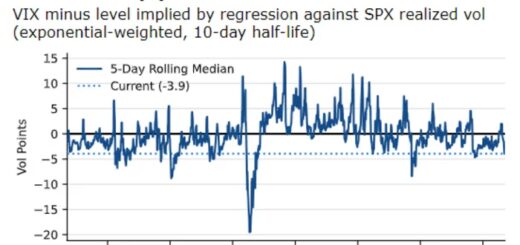Navigating Market Corrections: Goldman Sachs’ Guide
The S&P 500 had its worst week in 18 months, followed by its best day in three weeks on Monday, despite little new information. This highlights how uncertainty around interest rates and politics is likely to keep markets volatile in the coming months. Last month, 94% of global equity indexes experienced a drawdown of at least 5%, according to Goldman Sachs.
Goldman Sachs strategists, led by Christian Mueller-Glissmann, now question whether the bull market will continue with strong returns or if there’s more volatility ahead and increased risk of drawdowns. Since 1928, the S&P 500 has faced 22 bear markets, with 20% declines happening roughly every four to five years.
In the U.S., drawdowns of 10% to 20% occurred 15% of the time over any rolling 12-month period since 1973, with even higher frequency internationally.
During these 10%-to-20% declines, the average drop was 13% and lasted about four months. However, they’ve become less frequent since the 1990s.

Is buying the dip a smart move? It depends on the timeframe. Since 2010, buying corrections has generally paid off, but that wasn’t the case if you go back to the 1990s.
After a market drop, lower valuations and bearish sentiment can create opportunities, but there’s always a risk of further economic and market downturns. Equity drawdowns also tend to tighten financial conditions, which can slow economic momentum further.
Goldman Sachs has developed a model to predict drawdowns using various factors like economic indicators, volatility, inflation, and valuations. While the model’s accuracy is limited, with a correlation of 0.2 on a 0-to-1 scale, it shows stronger predictive power when the score rises above 30%. Right now, it’s at 20%, indicating moderate risk.
In terms of portfolio strategy, the classic 60/40 split between stocks and bonds is performing well as concerns over economic growth help bonds, despite recent inflation. Goldman Sachs believes negative correlations between stocks and bonds will persist, but they suggest going beyond bonds for diversification.
They recommend gold, the Japanese yen, and the Swiss franc, and favor defensive equities, especially in the U.K.’s FTSE 100.




